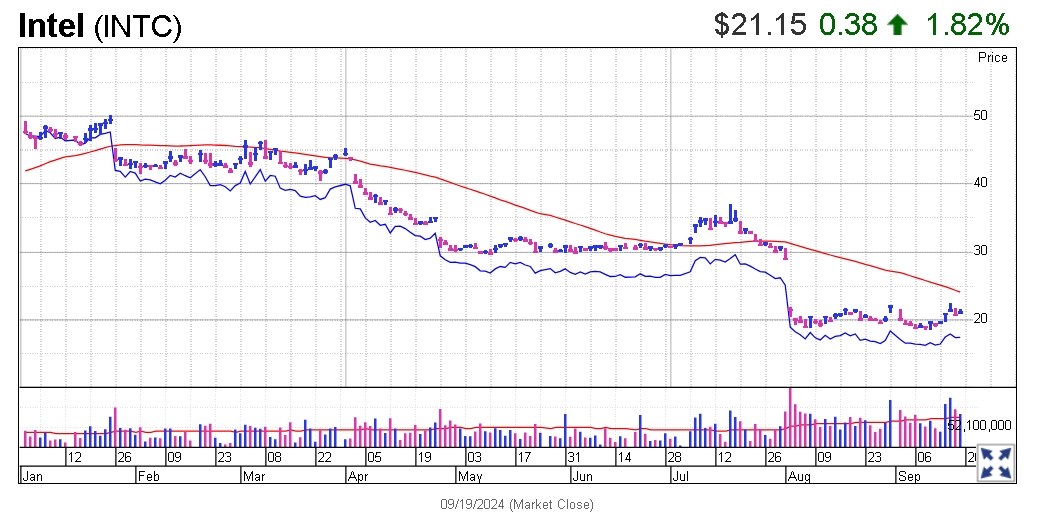

By Ann - Sep 20, 2024
Intel solidifies its position in the semiconductor industry through a lucrative partnership with Amazon Web Services, aiming to enhance its high-performance computing and AI infrastructure. Additionally, Intel's move to split its production and design teams sets the stage for potential strategic acquisitions and a shift towards a more efficient and cost-effective operational structure. These strategic moves signify Intel's commitment to innovation, competitiveness, and growth in the evolving technology landscape.

Finance via CNN NEWS
LATEST
Following the recent completion of a significant contract with Amazon, Intel has become a more powerful player in the semiconductor industry. It is projected that Intel would gain a great deal from this partnership in terms of both money and technology. By contributing its state-of-the-art semiconductor technology to Amazon Web Services (AWS), the tech giant's cloud computing division, Intel hopes to further establish itself as a leader in high-performance computing and AI infrastructure. The purchase signifies a significant milestone in Intel's history as it contends with competitors such as AMD and NVIDIA for leadership in the data centre and cloud computing domains.
Apart from this huge win, rumours have it that Intel is splitting its production and design teams in preparation for a strategic acquisition. With this move, Intel could be able to manage its facilities using a business strategy similar to Taiwan Semiconductor Manufacturing Company's (TSMC), which manages its plants as separate businesses. Intel is splitting its operations because it wants to concentrate more on innovation while reducing costs and improving efficiency. By splitting apart, Intel could be able to produce chips for companies other than its own, which might lead to an increase in the number of companies using its manufacturing services.
It is expected that the plant split will address several problems that Intel has faced recently, including production delays and challenges in keeping up with technological advancements in the semiconductor sector. Intel wants to create a more focused and flexible production approach in order to overcome these obstacles and more successfully compete with foundry-focused companies like TSMC and Samsung. By implementing this new plan, Intel will be able to both modernise its manufacturing capabilities and recover its competitive advantage in the global semiconductor industry.
Generally speaking, Intel's aggressive approach to staying one step ahead in a highly competitive industry is exemplified by the Amazon deal and the plant separation. The future of technology is being driven by artificial intelligence (AI), cloud computing, and data centers; therefore, Intel's long-term success will rely on its capacity to form significant partnerships and improve its manufacturing capabilities. With these moves, Intel is better positioned to capitalize on growing demand, grow its clientele, and position itself as a leader in the next wave of technological advancements in computers.